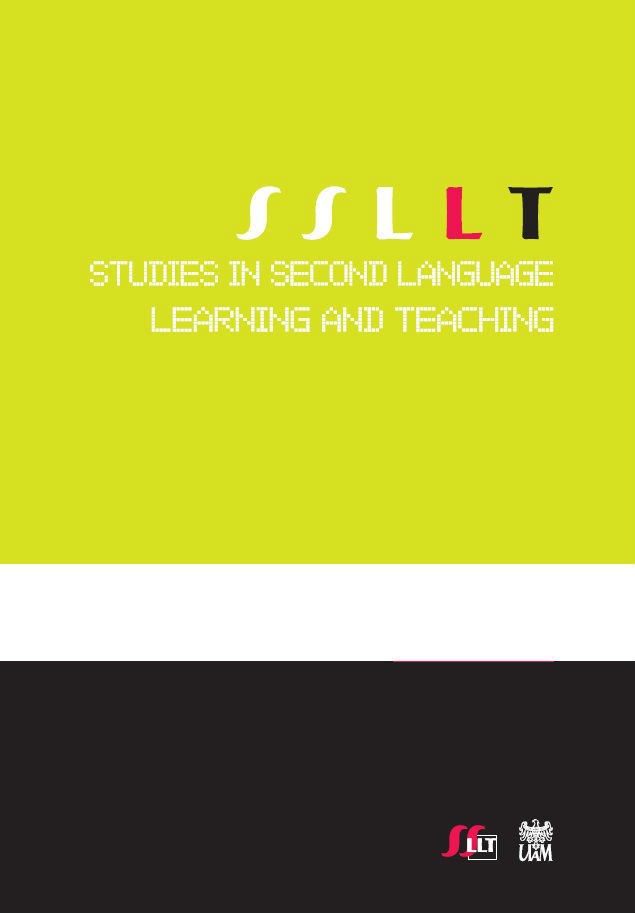Circular seating arrangements: Approaching the social crux in language classrooms
Circular seating arrangements: Approaching the social crux in langauge classrooms
Author(s): Joseph FaloutSubject(s): Language and Literature Studies
Published by: Wojskowe Biuro Historyczne im. gen. broni Kazimierza Sosnkowskiego
Keywords: action zone; belonging; near peer role models; group framing of motivation; sociopetal spaces
Summary/Abstract: Circular seating arrangements can help in instill a sense of belonging within classroom communities with overall positive effects on learning, emotions, and well-being. Yet students and their teachers within certain classroom language contexts, due to sociocultural limitations, may be relagated to learning in antisocial environments instilled partly by rank-and-file seating. Attributions for teacher demotivation can often lie in in student misbehaviors, while student demotivation, silence, and resistance relate strongly to lack of bodily displays and physical affordances of interpesonal care, understanding, and trust that, if present would contribute positively to many social aspects of their learning and identity formation. Specifically, rank-and file seating constricts the area in the classroommost likely to dispose attention and interest to the learning and to others, whereas circular seating potentially expands this area known as the action zone to the whole classroom.
Journal: Studies in Second Language Learning and Teaching
- Issue Year: IV/2014
- Issue No: 2
- Page Range: 275-300
- Page Count: 25
- Language: English

